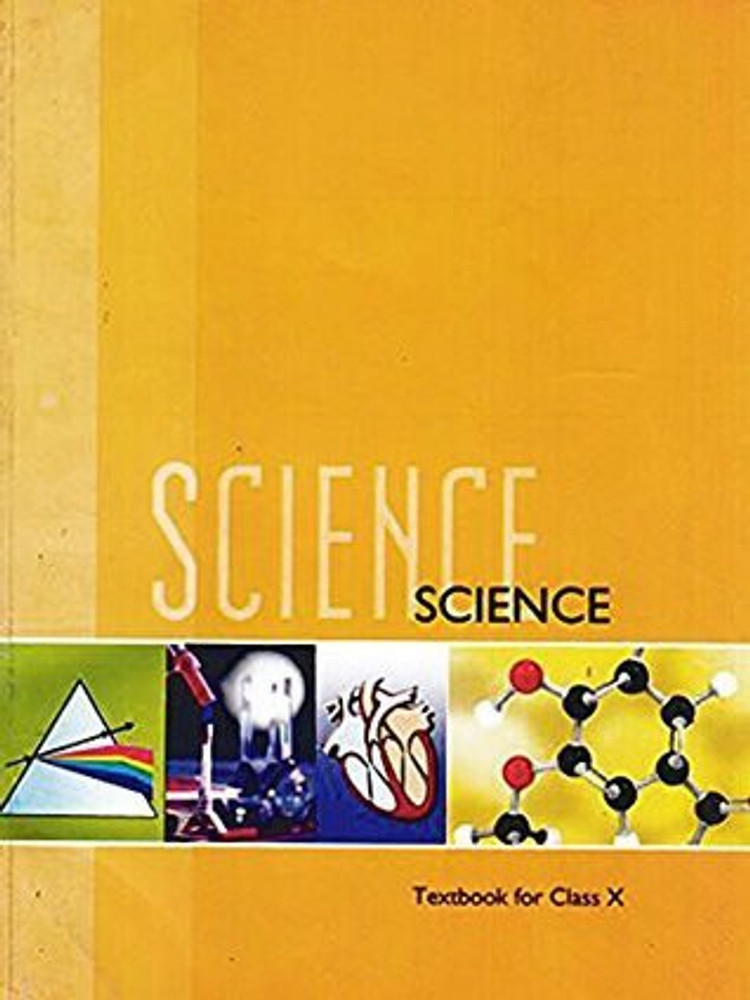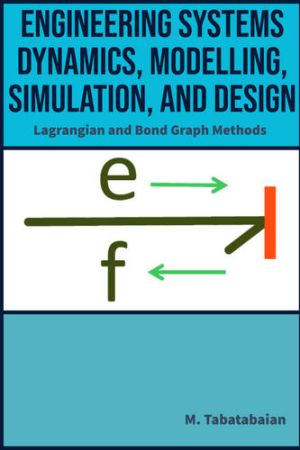Study Reveals Genetic and Linguistic Roots of Indo-European Populations
A comprehensive study involving 91 researchers provides significant insights into the genetic and linguistic origins of Indo-European populations. It identifies two main migrations during the Bronze Age, with steppe ancestry spreading across Europe. The research also links specific populations like the Spanish, French, and Italian to Bell Beaker ancestry, while Greek and Armenian populations directly reflect Yamnaya ancestry. Through ancient genome sequencing and strontium isotope studies, this work strengthens linguistic theories and challenges alternative migration models

A comprehensive study involving 91 researchers, including Eske Willerslev from the Lundbeck Foundation GeoGenetics Centre at the University of Copenhagen, has provided critical insights into the genetic and linguistic origins of Indo-European populations. The findings, identify two significant migrations during the Bronze Age that contributed to the spread of steppe ancestry across the Mediterranean. The genetic research links Spanish, French and Italian populations to Bell Beaker ancestry, while Greek and Armenian populations have been connected directly to Yamnaya ancestry from the Pontic Steppe region.
Analyses of Steppe Ancestry Distribution
According to the study published on the preprint server bioRxiv, steppe ancestry in Western Europe is attributed to Bell Beaker populations, who combined their genetic profile with local Neolithic farmers. These migrations align with linguistic theories suggesting a shared origin for Italo-Celtic languages. In contrast, Greek and Armenian ancestry reflects direct Yamnaya influence, with no significant local admixture. This divergence between Eastern and Western Mediterranean populations aligns with the Italo-Celtic and Graeco-Armenian linguistic hypotheses.
Genomic and Strontium Isotope Studies
As per reports, the study sequenced 314 ancient genomes dated between 2,100 and 5,200 years ago from regions including Spain, Italy, Greece, and Turkey. A total dataset of 2,403 genomes was analysed, alongside 224 strontium isotope assessments to trace human mobility. Results showed active migration patterns during the Bronze Age, with non-local individuals identified in Greece, Cyprus and Italy. A notable finding was a Scandinavian individual in Cyprus, suggesting Mediterranean trade routes extended far beyond local boundaries.
Implications for Linguistic Migration Models
These findings substantiate linguistic theories connecting Italic and Celtic languages to Bell Beaker ancestry and Greek and Armenian languages to Yamnaya ancestry. The research contradicts alternative hypotheses, including Indo-Greek and Italo-Germanic models. This study provides a clearer understanding of the genetic and linguistic history of Indo-European populations, offering a vital reference for future investigations into ancient human migrations












)


























































